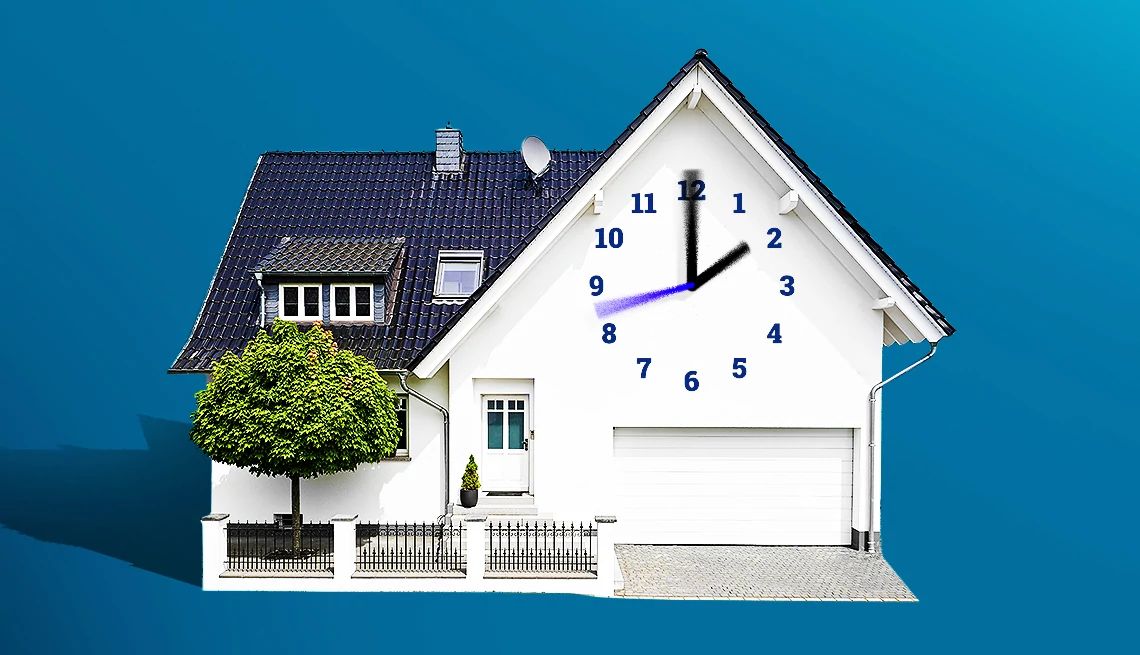AARP Hearing Center


A new AARP report has found that an estimated 41 percent of American adults (an estimated 110.1 million people) have had money stolen due to fraud or sensitive information obtained and used fraudulently. “That’s huge,” says Kathy Stokes, AARP’s director of fraud prevention programs. “Ten years ago, the presumptions were that maybe about 15 percent of people had experienced fraud.”
The figure is based on a survey of 1,423 U.S. adults, meant to assess their understanding and awareness of various kinds of scams. Its findings are summarized in the AARP report “The Fraud Crisis in America: How Adult Consumers Feel, What They Know and Their Actions That Pose Risk.”
Incidents of fraud have exploded in recent years, with Americans reporting a record $12.5 billion stolen in 2024, according to the Federal Trade Commission (FTC). But that’s likely a small fraction of the total: While the FTC received reports of $10 billion stolen in 2023, the agency later noted that, when accounting for underreporting, losses could have been as high as $158.3 billion that year.
The AARP report found that most of those surveyed (59 percent) are significantly worried about these crimes. Adults 50 and older are more likely to express a high level of concern about fraud, with 64 percent rating their level of worry between 6 and 10 on a scale of 0 to 10. That’s compared with 53 percent of respondents ages 18 to 49 who are very worried.
Both age groups are about as likely to have had money stolen due to fraud or sensitive information stolen and used fraudulently, but older adults, on average, lose more money to scams than their younger counterparts.
Black respondents are the most likely to have been fraud victims: 50 percent versus 41 percent for White and Hispanic respondents.
Black and Hispanic adults express high levels of worry about becoming fraud victims: 60 percent of Black respondents and 61 percent of Hispanic respondents rate their worry at 6 or above, compared with 51 percent of White respondents.


































































More From AARP
How to Avoid Getting Your Wallet Stolen While Traveling
Older adults are a known target for thieves. This is what I should have done to avoid being a target
Scams’ Devastating Impact on Victims’ Families Goes Beyond the Stolen Money
The emotional impact on spouses, children and other loved ones can be profound
'Pig Butchering’ Scams Lure Victims Into Fake Investments
The terrible term describes a key tactic for criminals perpetrating investment and romance scams